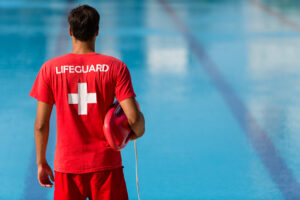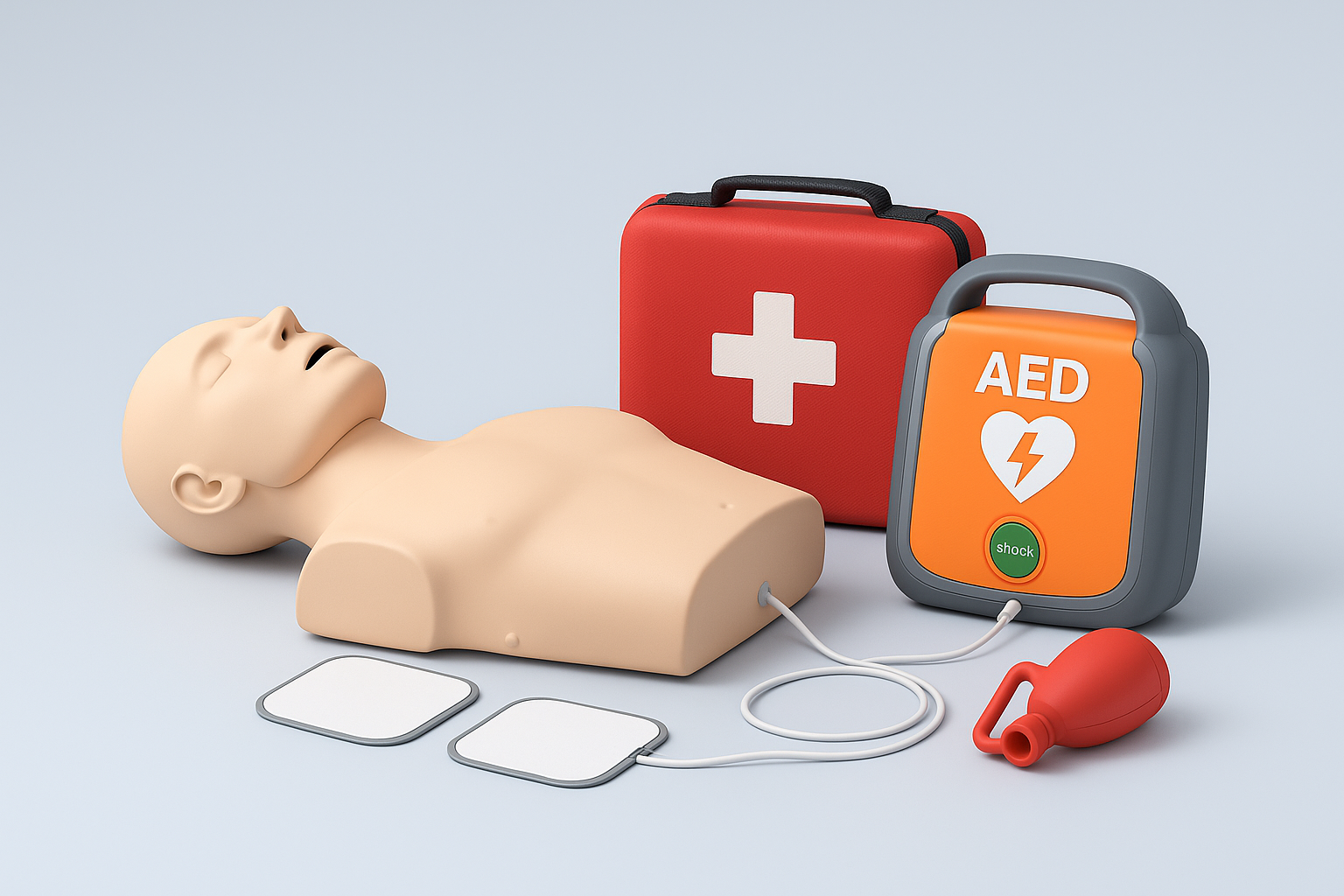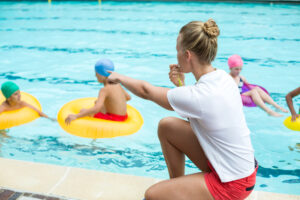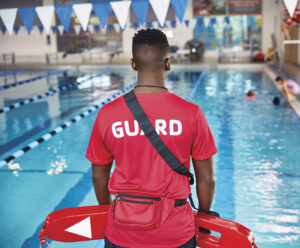
How to Become a Certified Lifeguard in New York City
Becoming a certified lifeguard in New York City is one of the most rewarding paths you can take — both professionally and personally. Whether you’re seeking a summer job, a full-time position, or simply a valuable life skill, earning your lifeguard certification gives you the confidence and ability to save lives.




